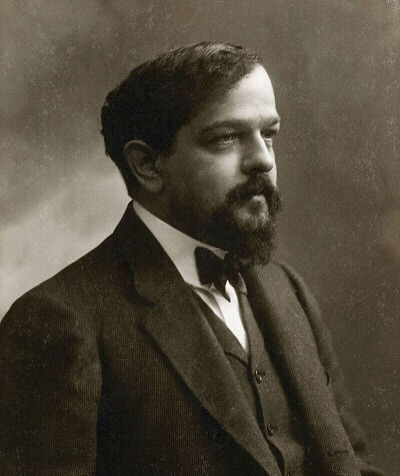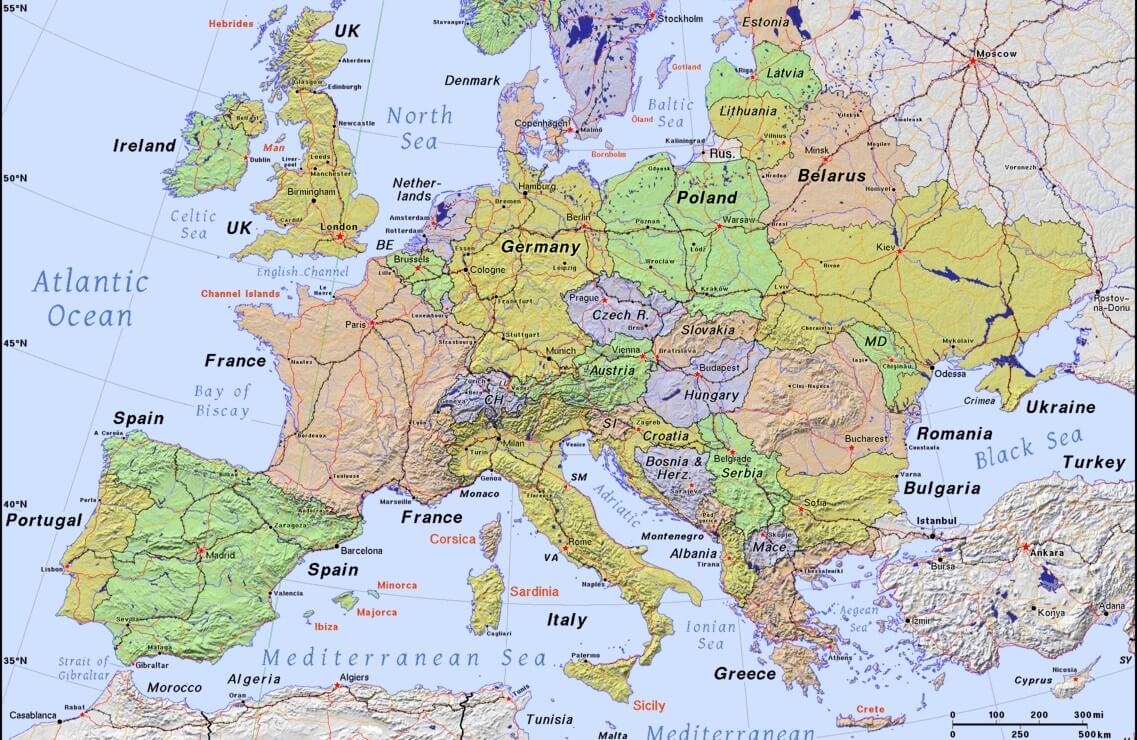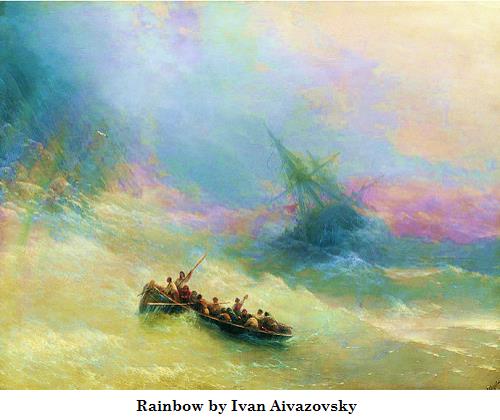 Classical Music in Pictures
Music in Pictures
Classical Music in Pictures
Music in Pictures

 Classical Music in Pictures
Music in Pictures
Classical Music in Pictures
Music in Pictures

Study the musical selection for one week.
Over the week:


Activity 1: Describe the Music
Listen to the music, and close your eyes and let yourself imagine. What do you picture as you listen to the music?
Read the list of adjectives. Select those that describe the music or think up additional adjectives.
Activity 2: Study the Painting, Ivan Aivazovsky's 'Rainbow'
As you listen to the music, find the following in the painting:
After you study the painting, narrate the scene shown in the painting aloud using your own words.
Describe how the painting relates to the music.

Activity 3: Read About the Painting, Ivan Aivazovsky's 'Rainbow'
Ivan Aivazovsky's 'Rainbow' shows a ship dashed upon the misty rocks. The survivors huddle in a rowboat and battle the roiling waves. The glimmer of a rainbow offers the hope of survival.